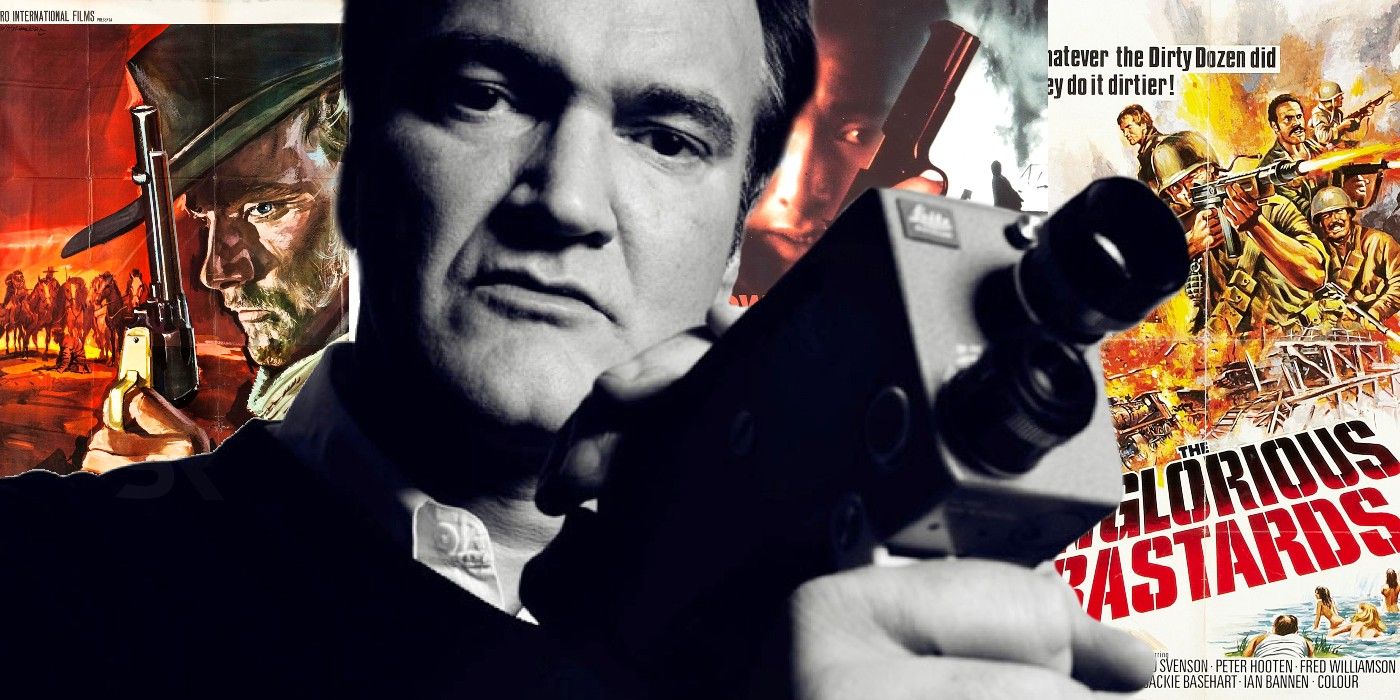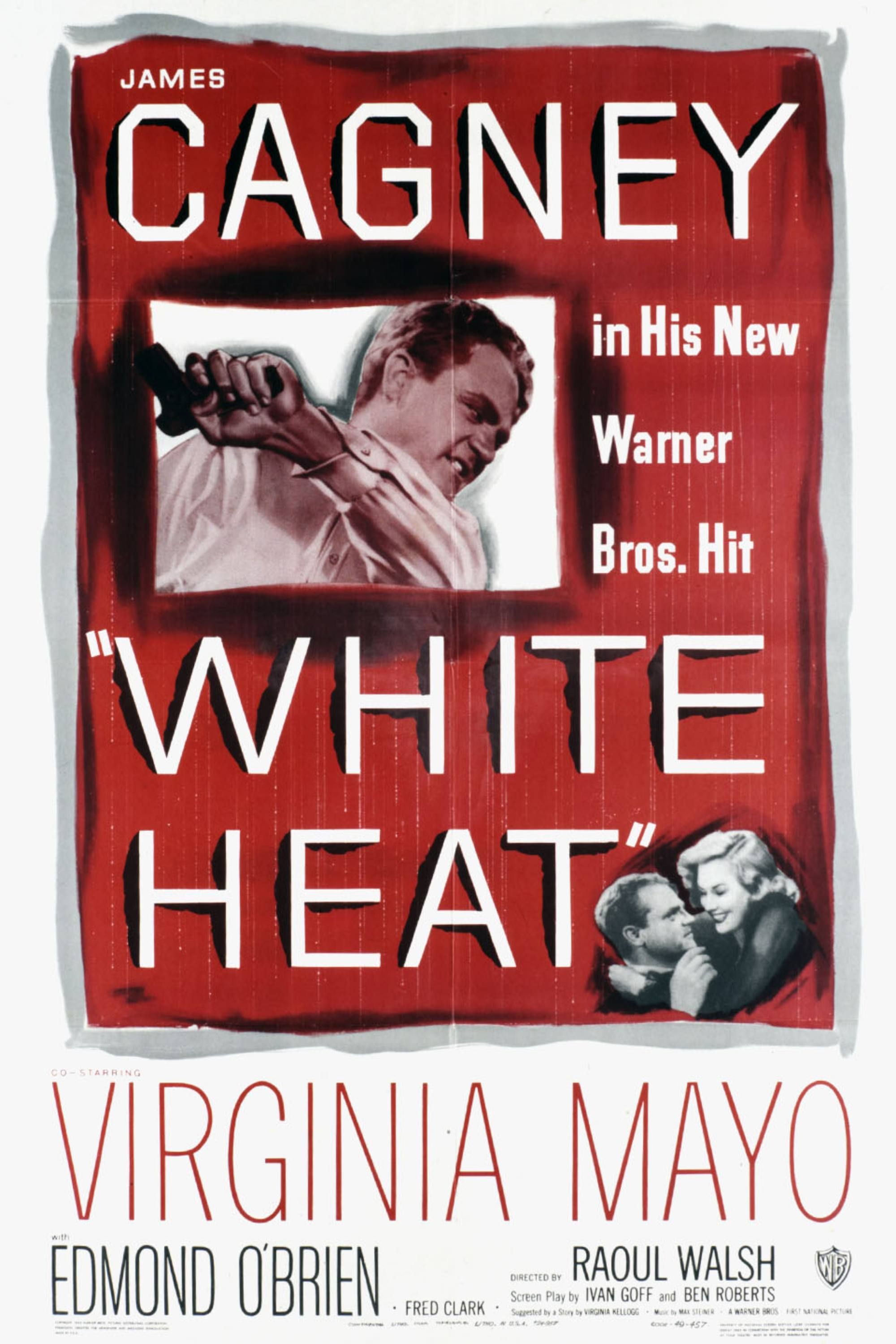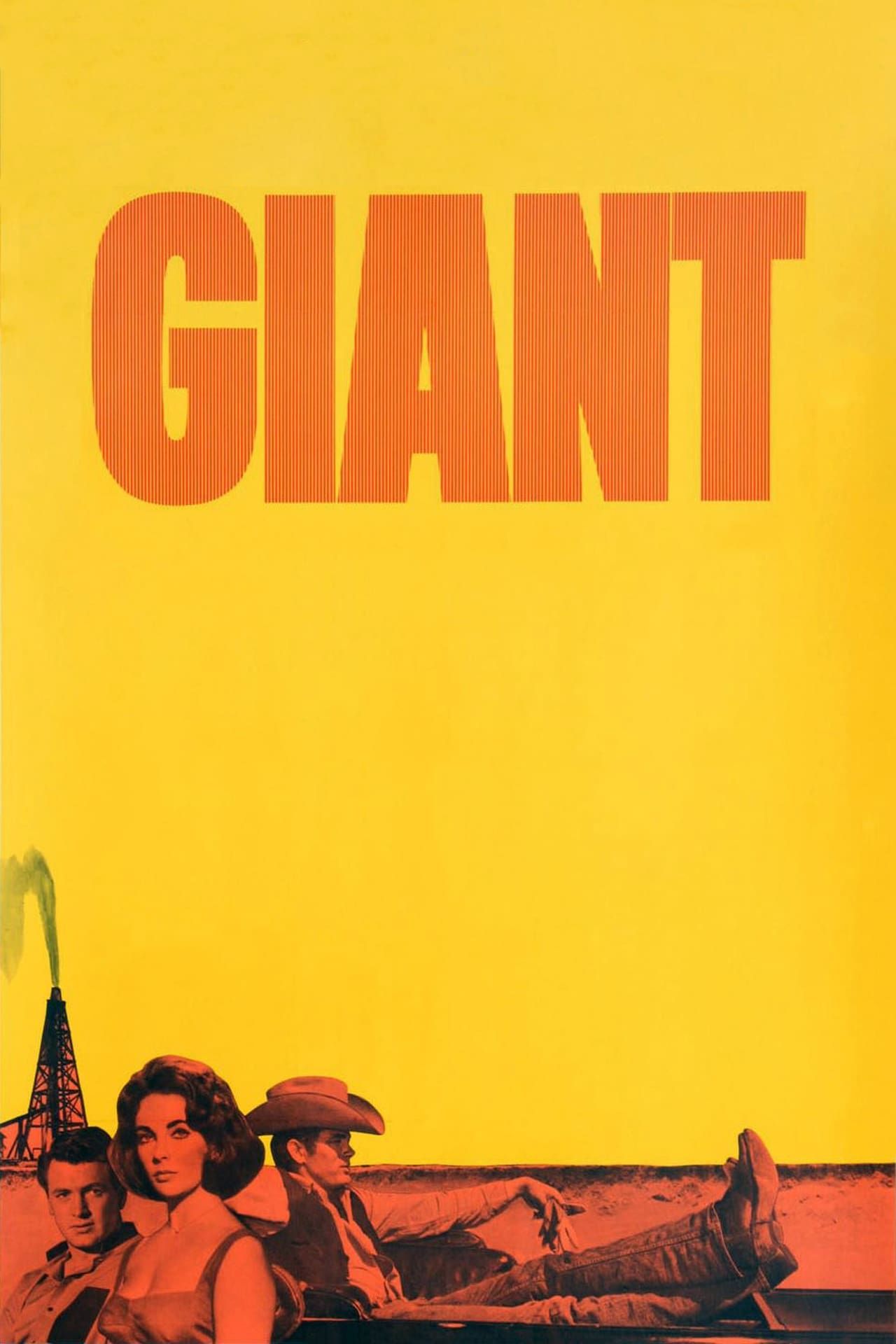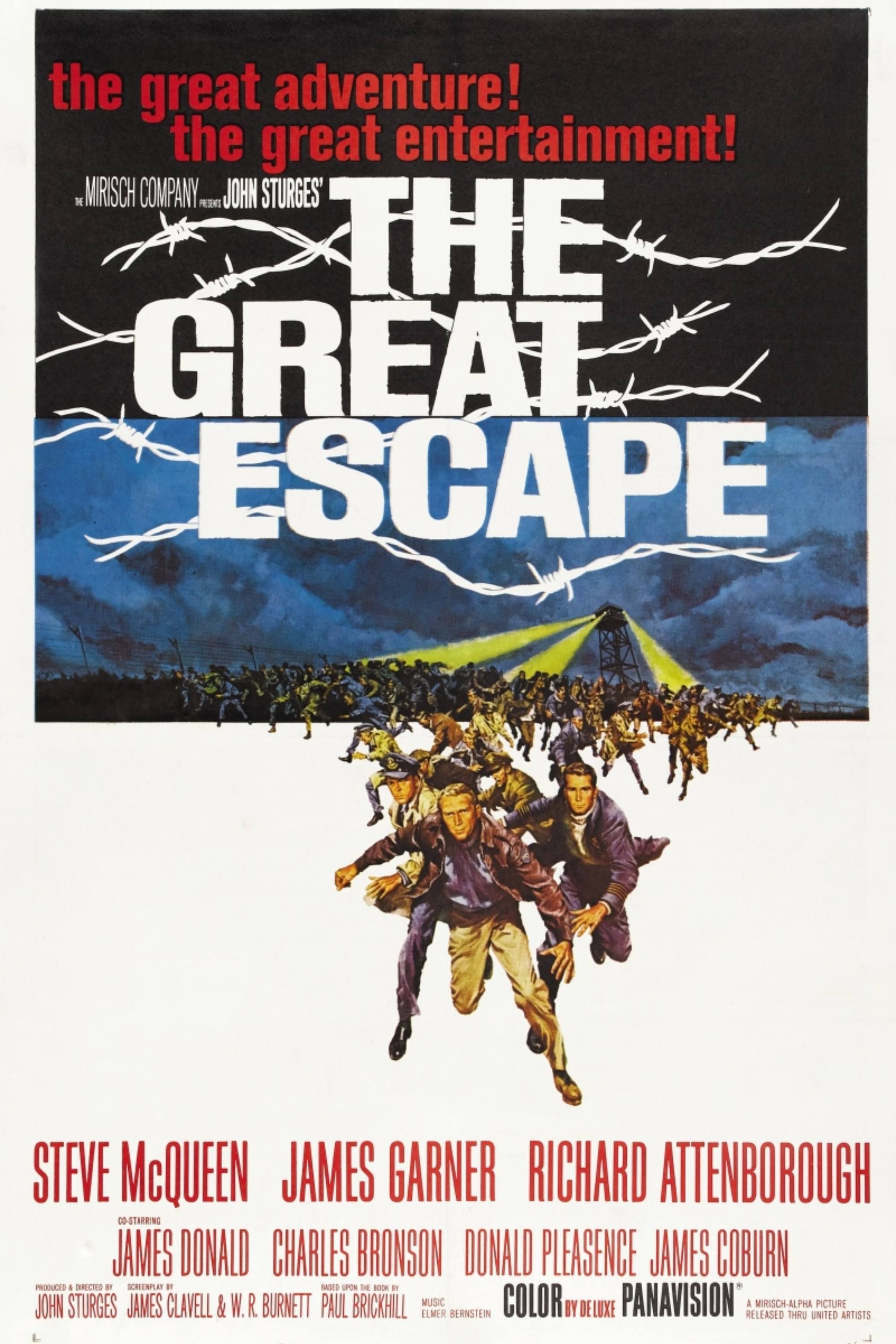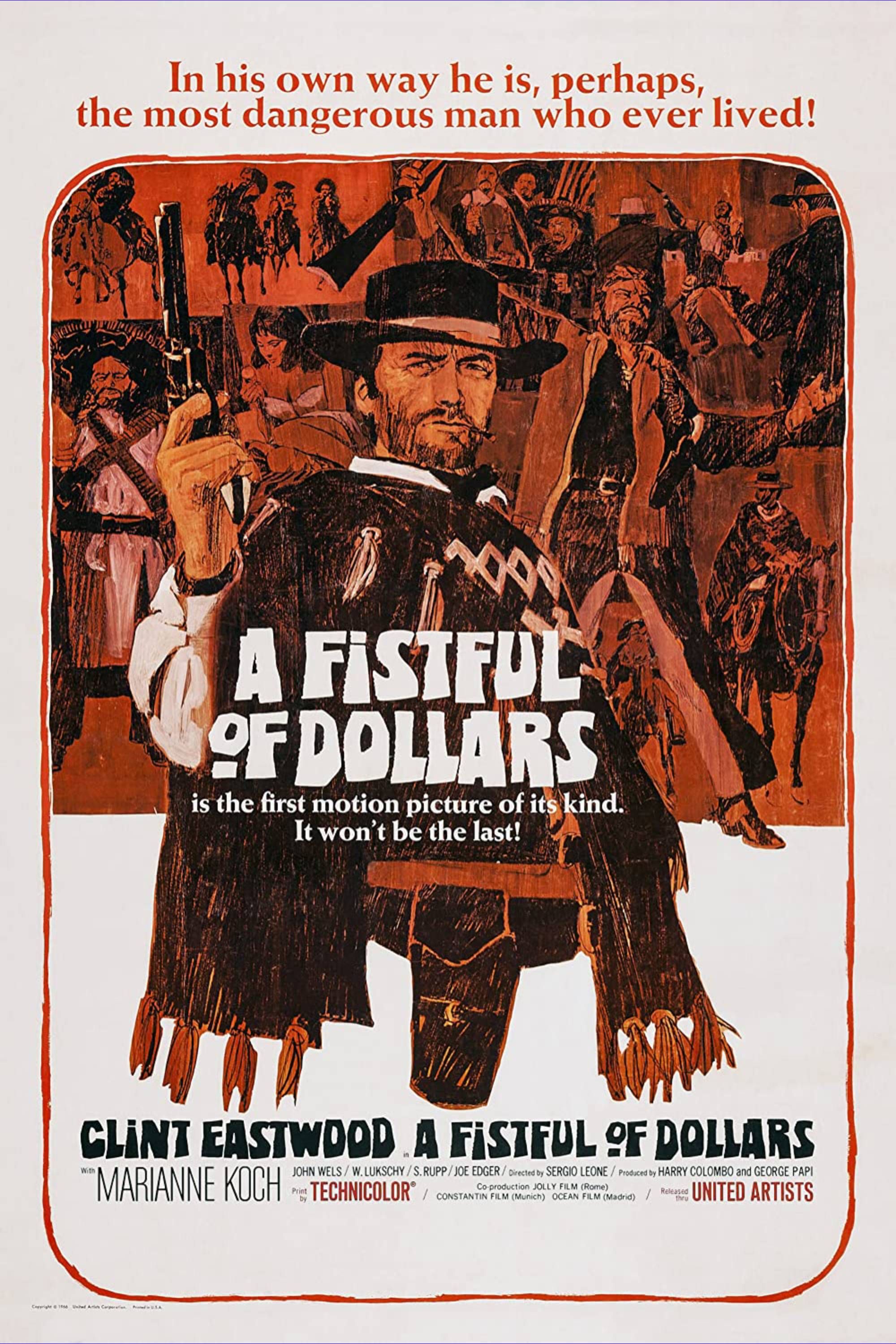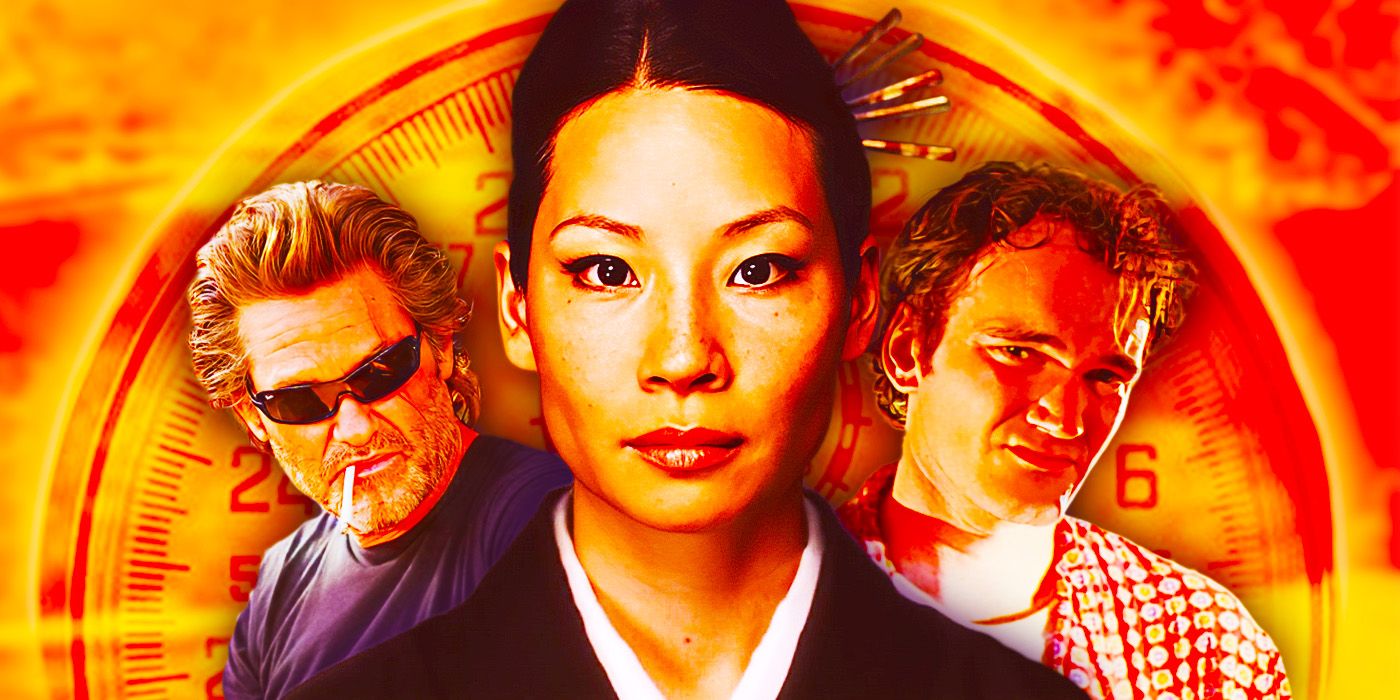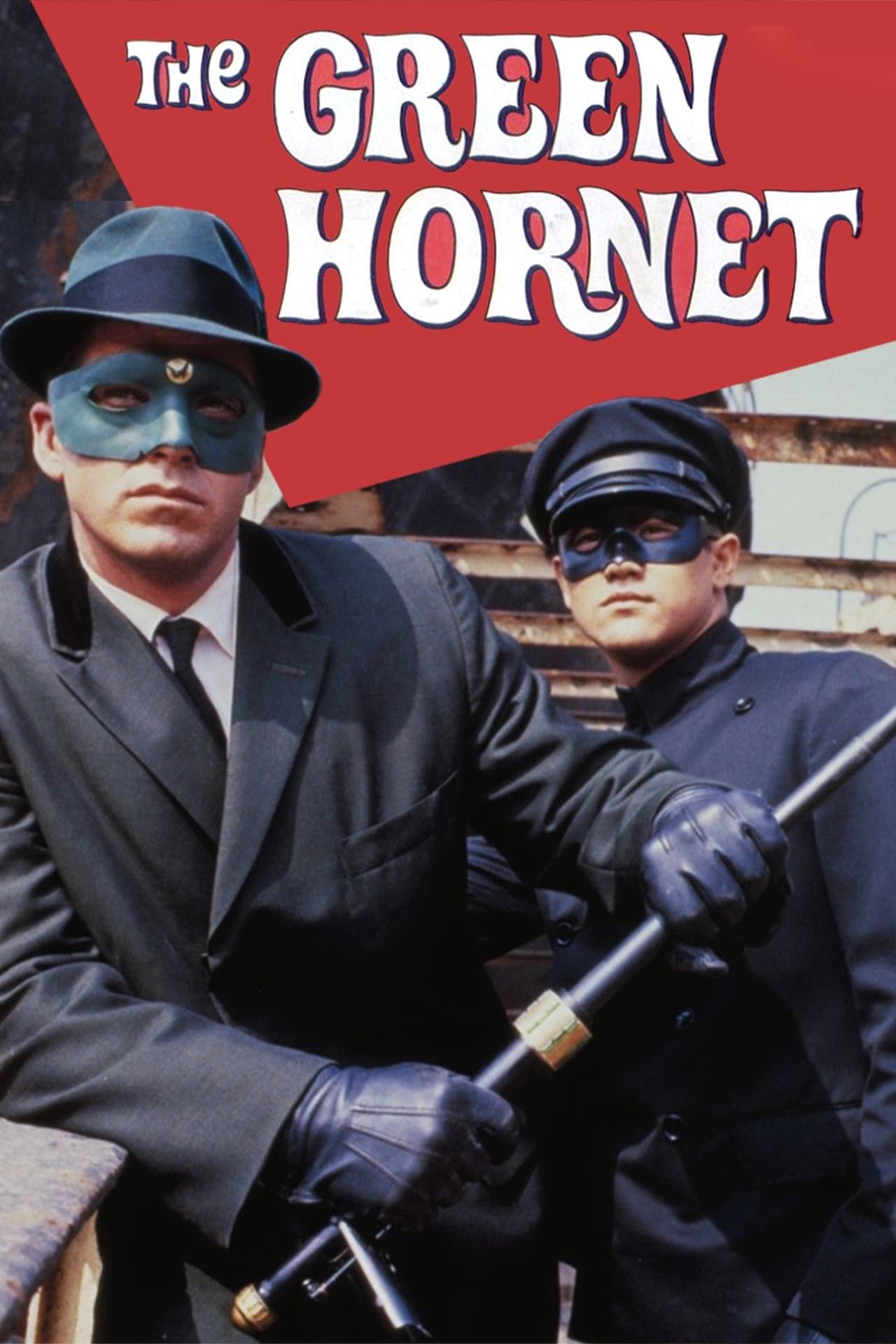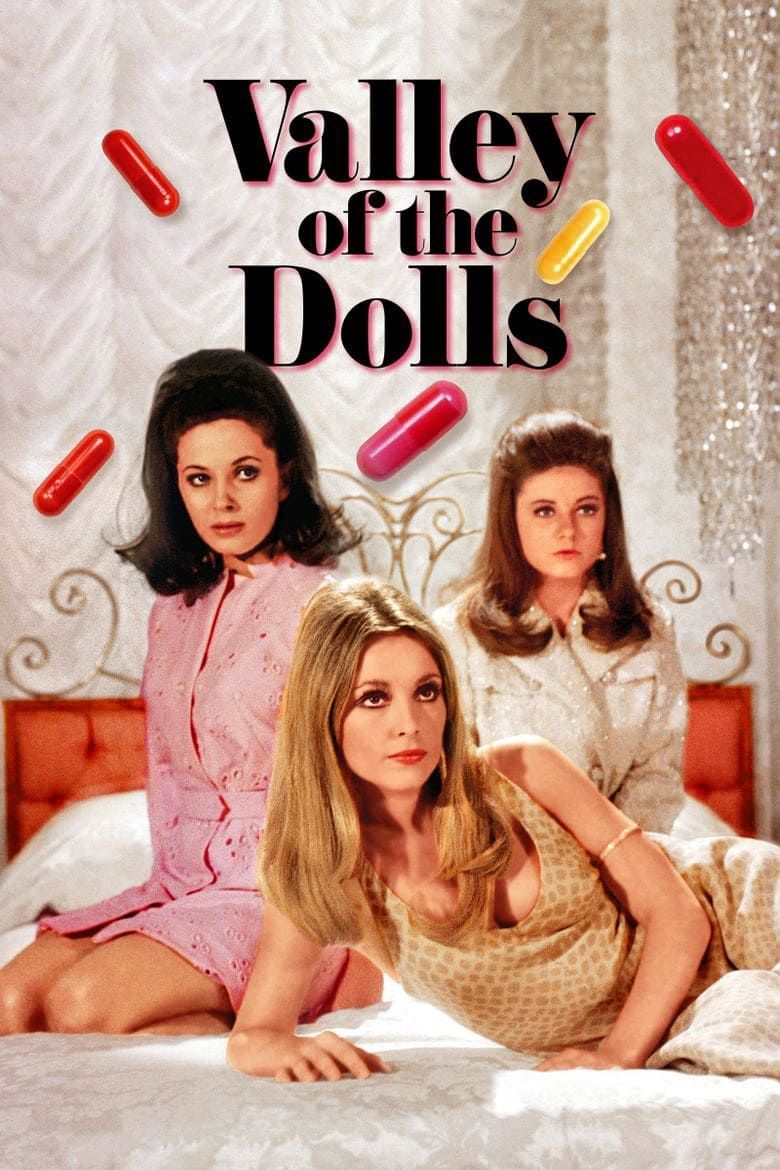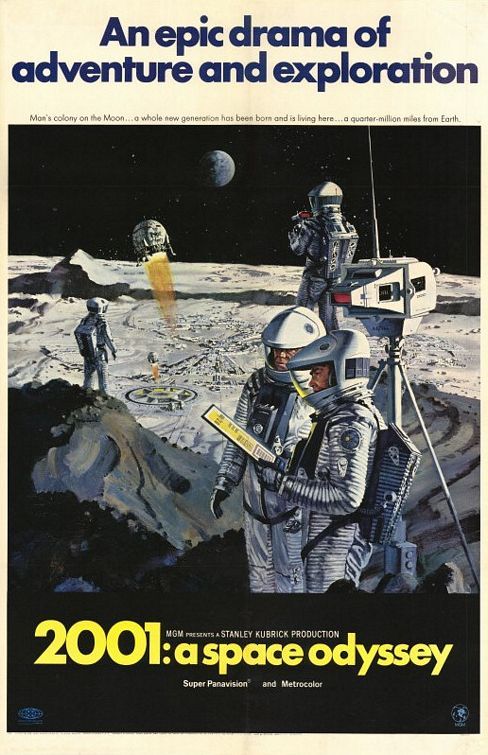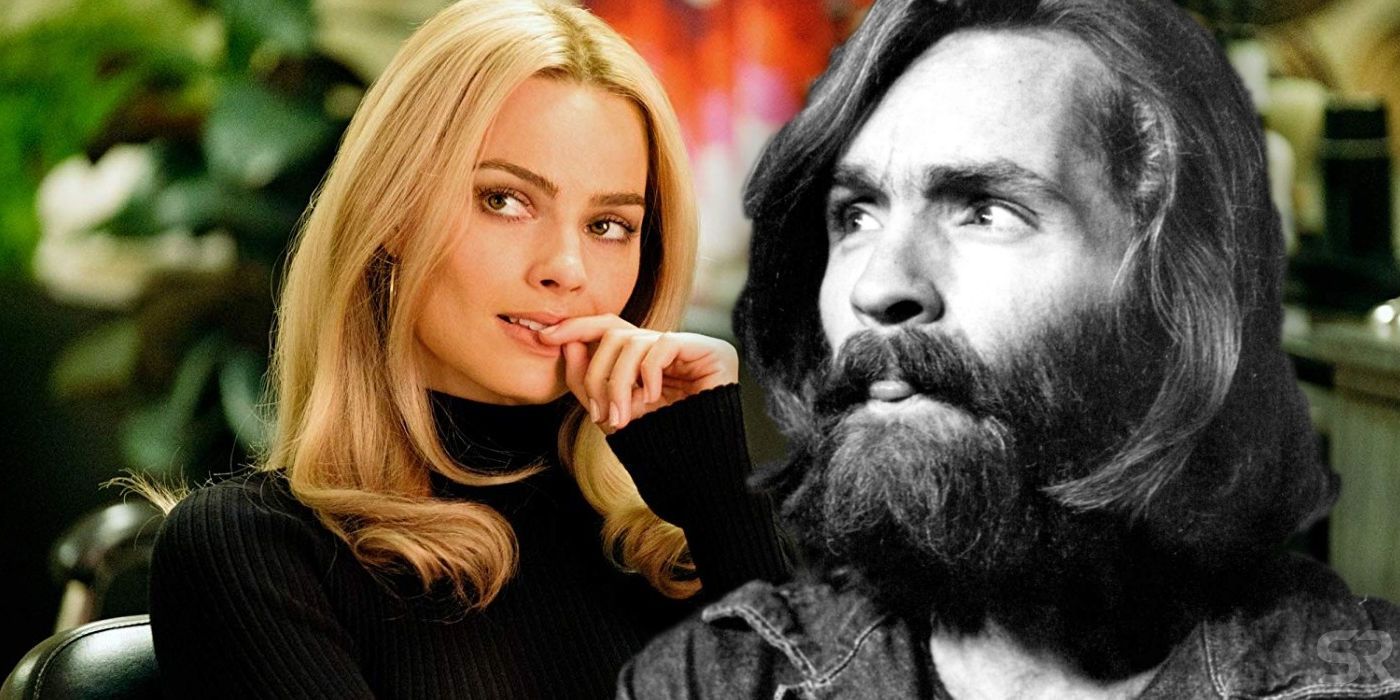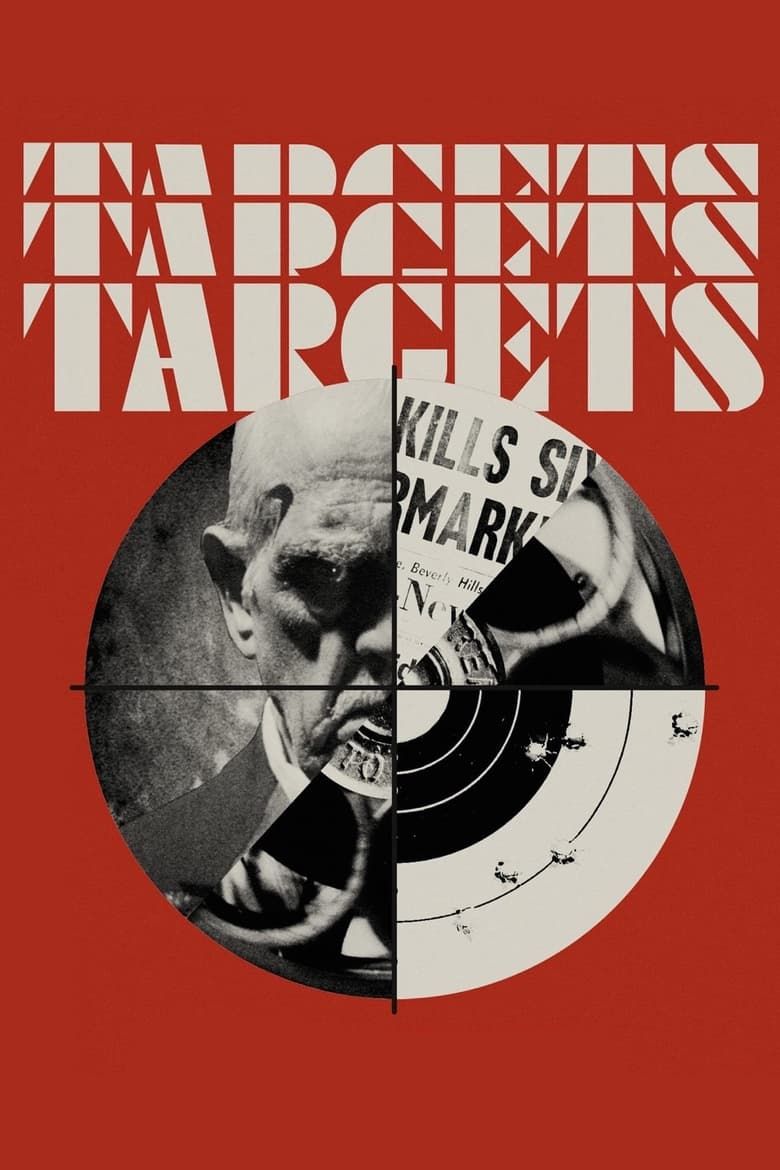Secondly, and perhaps more importantly,Once Upon a Time in Hollywoodis Tarantino’s love letter to Tinseltown.
As such, it’s peppered with references to some of Hollywood’s most venerated movies.
Set in 1969,Tarantino’s pseudo-historical epic focuses on the cinematic history of the 1960s.
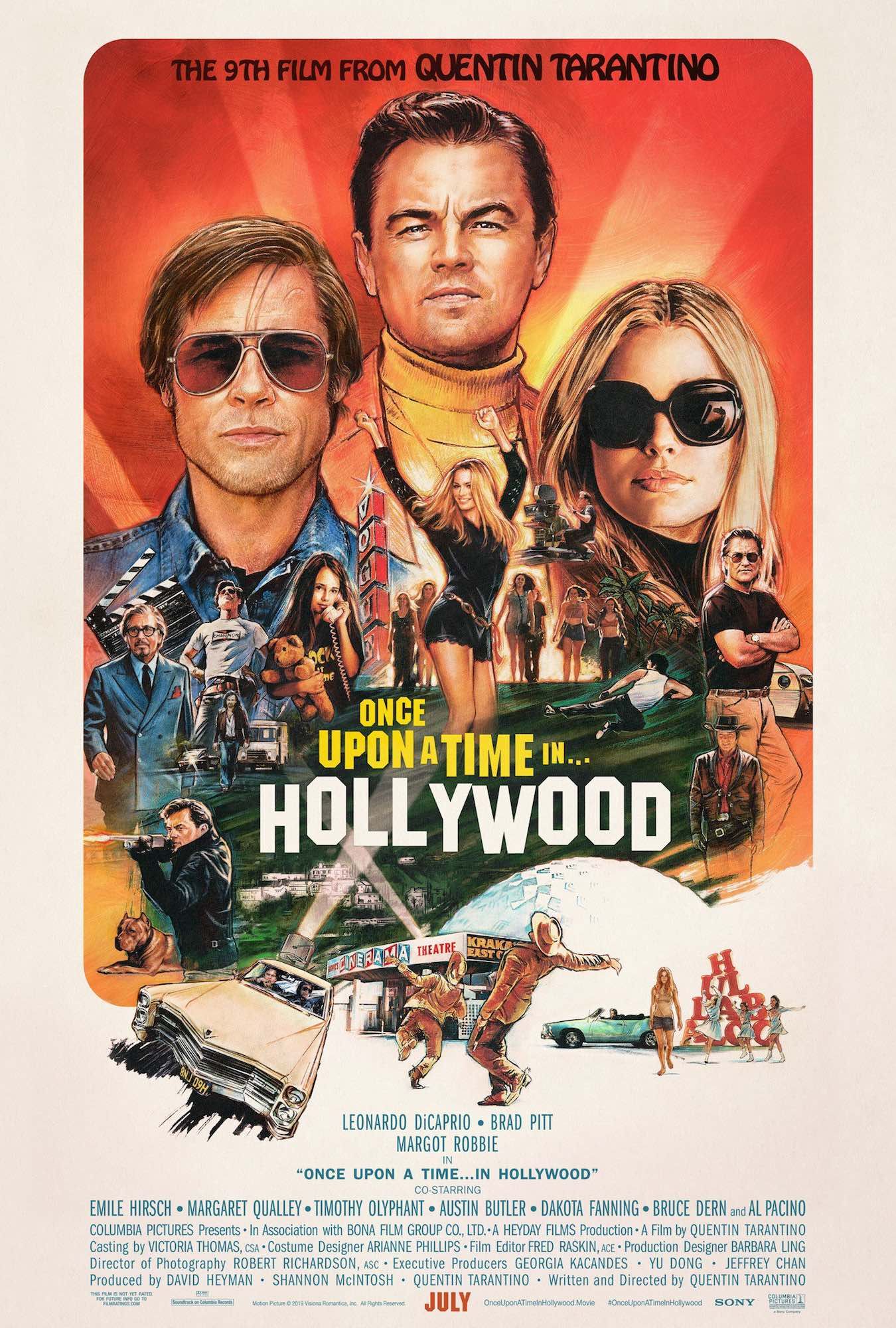
The reference is over in a flash, but it’s unmistakable.
Tarantino recreates the feel of the scene, down to the neon lighting of the drive-in sign.
The director was clearly having a blast utilizing the modern filmmaking techniques at his disposal to explore classic cinema.
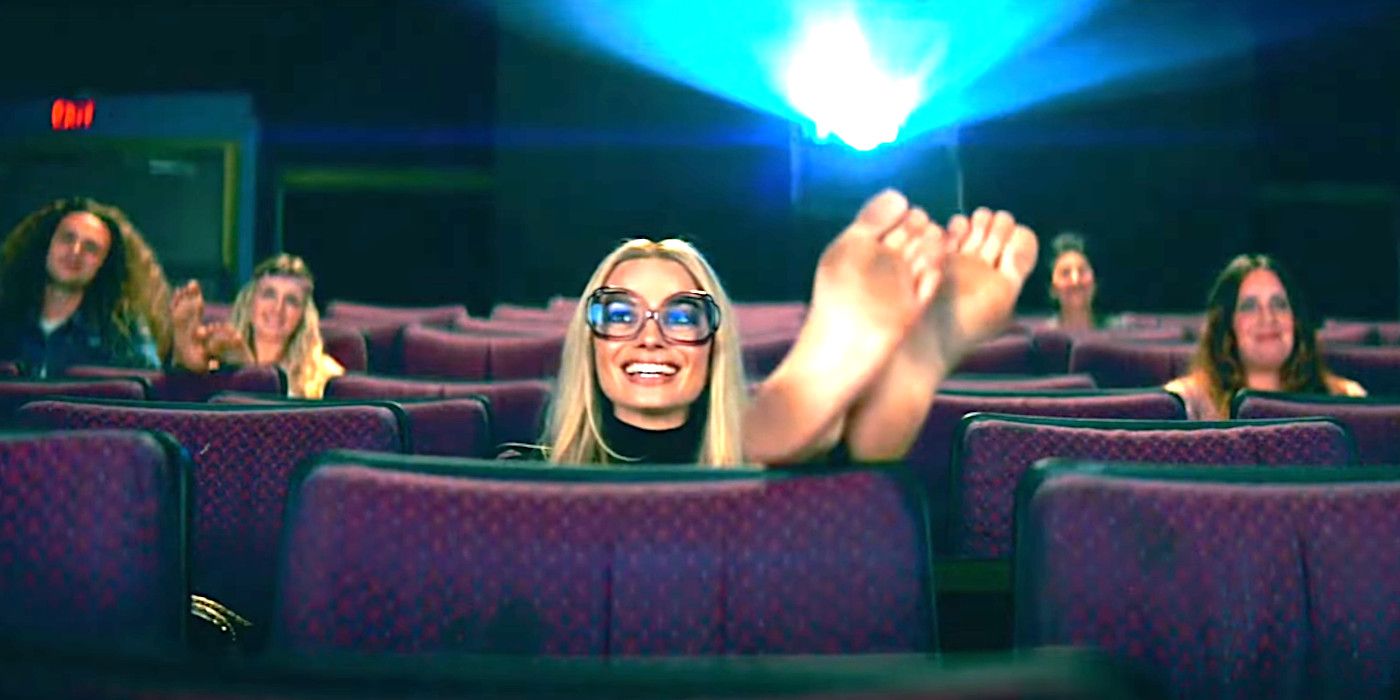
He challenges Cliff to a fight, in which Booth puts Lee in his place.
More recently, in 2011,The Green Hornetwas turned into a modestly-rated movieby Michel Gondry.
However, the historical significance of this reference can’t be understated.
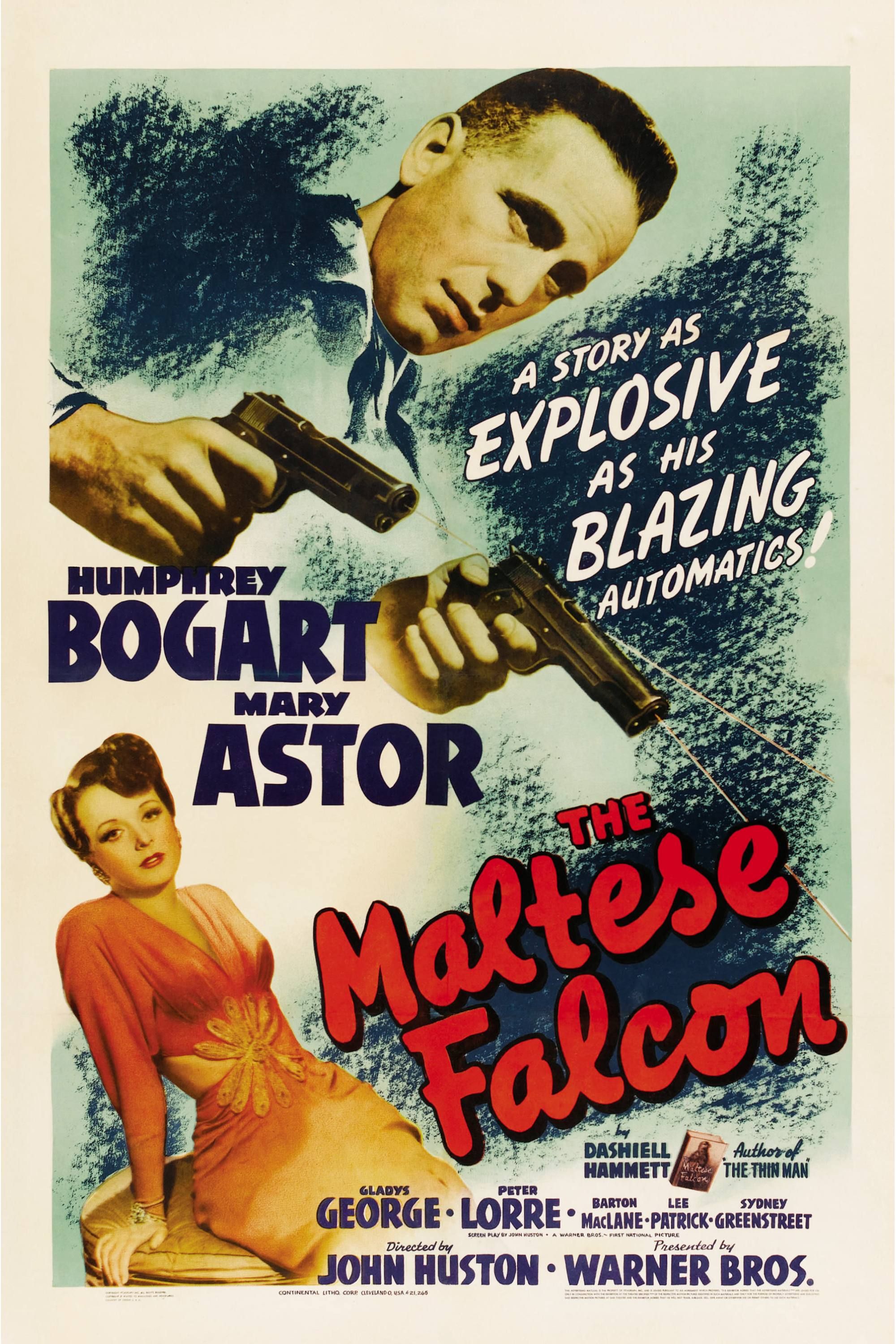
The movie’s staggering visuals and prescient use and depiction of technology changed cinema forever.
What does Once Upon a Time in Hollywood change about the real Manson Family murders?
We break down Quentin Tarantino’s revisionist history.
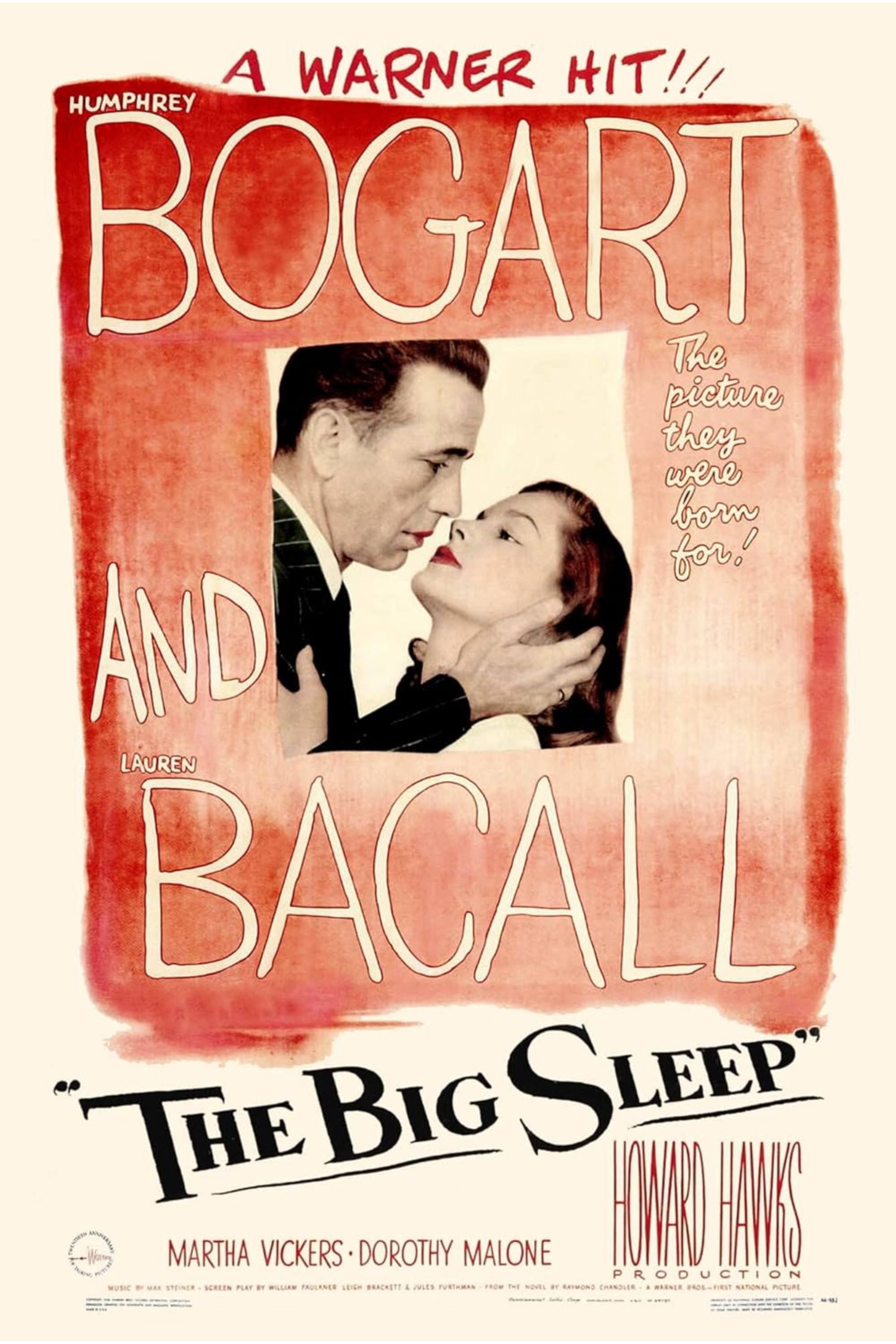
It is a sign of things to come, the harbinger of a new age for American cinema.
